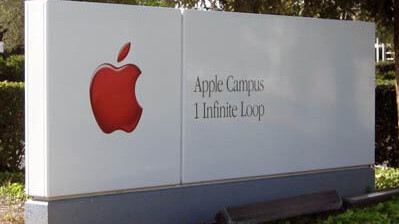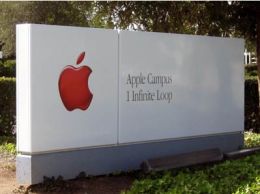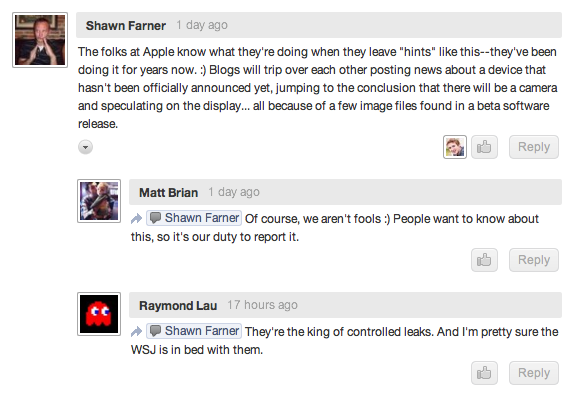
 Apple is known for its strict code of secrecy, there aren’t many companies that have such control over new products and services they are about to unveil.
Apple is known for its strict code of secrecy, there aren’t many companies that have such control over new products and services they are about to unveil.
The Cupertino company refuses to engage with blogs, barely interacting with mainstream media publications, it doesn’t provide an insight into the company via its website, a Twitter stream or various other forms of online marketing like many other major corporations do. Employees face an instant dismissal if news is leaked to a publication, leading industry rivals and suppliers to source executives within the company to provide inside information on Apple’s trade deals.
This adds to the company’s mystery but it also fuels a huge amount of speculation. News outlets are constantly trying to predict what is coming next from Apple. In a world where news travels fast, the outlet that is first to report on a specific piece of Apple news finds its coverage replicated across the Internet. When bloggers or the media have actually gotten a prediction 100% correct, Apple has been known to spread misinformation to discredit the source of the news.
The NYTimes gives us just one example from Gene Munster, an analyst at Piper Jaffray:
Four years ago, a senior Apple executive directly told him the company had no interest in developing a cheap iPod with no screen. Soon after, the company released just that: the iPod Shuffle.
Despite all of this, Apple employs unique tactics to spread information about its products, without having to engage with the media.
 This week, the company released iOS 4.3 Beta for developers, an updated version of its iOS operating system for both iPhone and iPad. Apple’s OS updates tend to add new features, provide stability to existing features and remove options that its users disliked. That’s not all though, the company is increasingly offering specific references within its framework to unannounced features and the release of new products.
This week, the company released iOS 4.3 Beta for developers, an updated version of its iOS operating system for both iPhone and iPad. Apple’s OS updates tend to add new features, provide stability to existing features and remove options that its users disliked. That’s not all though, the company is increasingly offering specific references within its framework to unannounced features and the release of new products.
This, in effect is Apple’s “controlled leak” process, a process that it would never admit to, but exists all the same.
Take a look at the iOS 4.3 beta. Apple has enabled a personal hotspot option on the iPhone, the iPad will now allow the user to decide the action the side switch on the device performs, as well as multitasking gestures and an update to the App Store layout – these are just few notable features made available by the update.
References to these features can be found within the beta, a developer can open specific parts of the iOS firmware using the SDK provided via the iOS Dev Center website.
In just two days, developers (and writers with developer accounts) are falling over themselves to find references to Apple’s next-generation iPad, a device that is expected to be announced within the next two months. Apple doesn’t provide code, instead developers pore over metadata included in the release, highlighting specific mentions to new iOS features on in many cases, an unreleased product.
The difficulty about reporting on the metadata is that Apple could be referencing functions that are set to change. We recently wrote an article on the fact iOS 4.3 beta includes mentions of an iPad 2 camera. The resolution of the graphics provided suggested that the iPad 2 would feature the exact resolution of the existing iPad, which of course would discredit any publication that had reported that the next-generation iPad would feature a Retina Display.
Our readers aren’t oblivious to it either, commenting that Apple are the “kings of controlled leaks”:

Apple is ultimately teasing us – even when the iPhone 4 was outed, found on a bar stool, Apple still managed to woo the public with the unveiling of a device that had a 1GHz ARM processor, a Retina Display, an 5MP HD camera and a new version of its iOS software to power it. Nobody predicted it because Apple’s big doors of secrecy closed shut after its spectacular failure to keep the design of the product secret.
The cycle works for Apple, it continues to profit heavily from our desire to upgrade to the latest and greatest hardware it offers, whilst remaining deathly silent about its products before they launch. The inclusion of specific pieces of metadata keeps the industry guessing but also generates an unparalleled amount of coverage.
Some love to hate Apple, some would like to be buried with their Macbook Air, we sit firmly in the middle.
You can’t deny, Apple’s marketing is second to none.
Get the TNW newsletter
Get the most important tech news in your inbox each week.





